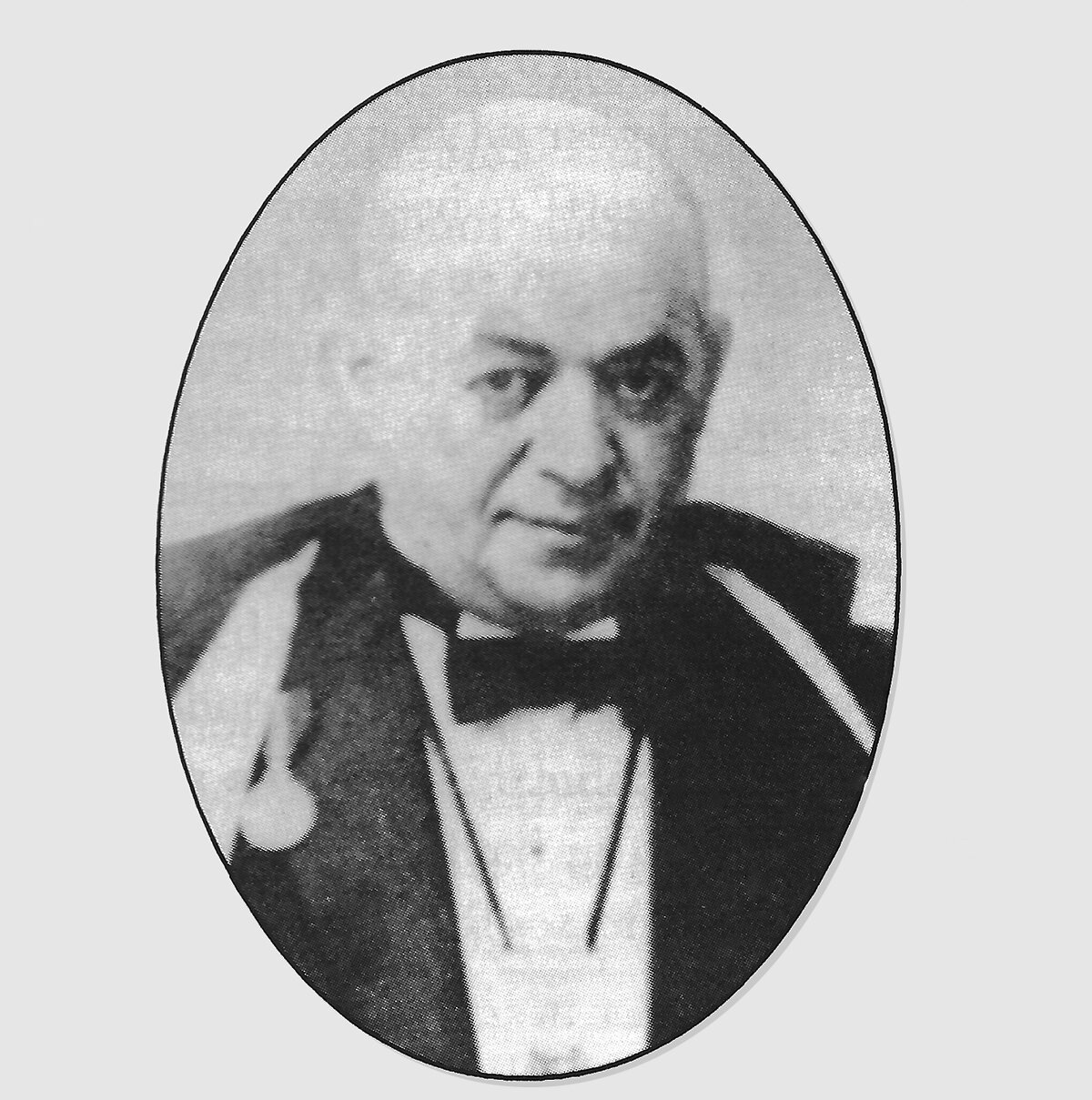In the world of theatrical magic, misdirection can be described as a form of deception that attracts attention of the audience to a certain thing to distract it from the other. The ability to control attention from the audience is the main goal of any performances, and the most important need of any magic act. It doesn’t matter if the magic is a “pocket trick” variety or a large stage production, misdirection is the central key to the success. The term is used to describe either the result (the eye’s attention being drawn to the unimportant object) or the sleight-of-hand or patter (the magician’s voice) which creates it.
It is difficult to say who coined the term, but an early mention of misdirection is found in the writings of a renowned author and magician named Nevil Maskelyne. it consists of misleading the spectator’s senses, to block out from detection certain details that require secrecy. The same time, the magician, artist and author Harlan Tarbell noted, Nearly all the art of sleight-of-hand depends on this art of misdirection.
Some magicians who have researched and refined techniques for misdirection are Leipzig, Max Malini, Tommy Wonder, Derren Brown, Tamariz, Tony Slydini as well as Dai Vernon.
Henry Hay describes the chief act of conjuring as manipulation of interest.
Many magicians misdirect audience attention in two basic ways. The first is to make the audience look away for a fleeting moment, so that they don’t detect some trick or movement. The other method alters the perception of the audience, lulling the audience into believing that something else has much to do with the accomplishment of the feat even though it does not have any bearing on the outcome in any way. Fitzkee says that the most effective magic is in the talent of his performance in changing the mind of the audience. Additionally, sometimes a prop like a magic wand aids in misdirection.

In the absence of misdirection, even the most adept sleight-ofhand or mechanical gimmick will fail to make an impression of convincing magic. There’s no doubt about it, misdirection is the heart of all successful illusions.
Misdirection makes use of the limitations of human brains to give the wrong picture and memory. The mind of a typical person in the audience can only concentrate on only one thing at a given time. The magician uses this to influence the viewers’ thoughts or perceptions of sensory input, leading them to false conclusions.
Magicians have debated the meaning of the term, misdirection, creating plenty of debate about what it is and how it functions. The world-class magician Jon Finch made a distinction in misdirection from direction. The first is a negative phraseas opposed to the other, positive. In the end, he considers the two as one thing. If a performer some means, has directed the minds of the audience to conclude that he has done something that he’s not done, he’s wrongly directed them into this beliefand, consequently, misdirection.
Tommy Wonder has pointed out that it is much more efficient, from a magician’s perspectiveto focus on the purpose of directing the attention of the audience. He writes that misdirection implies wrong direction. It implies that attention is diverted away towards something. When we keep using this term, it eventually becomes so embedded in our minds that we may begin to think that misdirection is directing our attention away from rather than towards something.

Tony Slydini said that if the magician believe that, the audience will believe it, and magicians are something that they cannot see. Misdirection is true when they believe in what the magician is doing and follow the magician. read more about misdirection